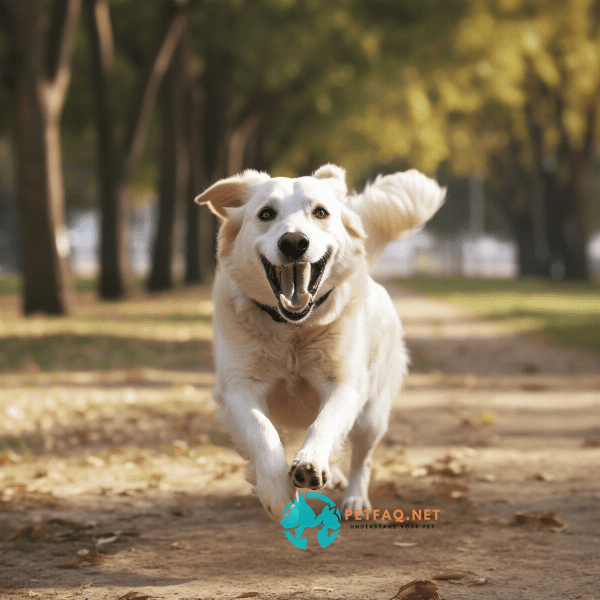1 Answers
Best Answer

Dogs are social animals and play is an important part of their social behavior. Play allows dogs to practice social skills, establish social bonds, and release energy. Here are some common social behaviors exhibited by dogs during play:
- Play bow: A play bow is a common invitation to play. Dogs will lower their front legs and raise their hindquarters while wagging their tail to signal that they want to play. The play bow is a universal signal that dogs use to initiate play and to indicate that they are friendly and non-threatening.
- Chase and follow: Dogs love to chase and be chased during play. One dog will initiate the chase, and the other dog will follow. The chase and follow game allows dogs to practice their predatory instincts and social skills.
- Wrestling: Dogs will often engage in playful wrestling during play. This can involve mouthing, nipping, and biting, but it is usually gentle and non-aggressive. Wrestling allows dogs to practice their physical coordination and communication skills.
- Tug-of-war: Tug-of-war is a popular game among dogs and their owners. Dogs will grab onto a toy or rope and pull in opposite directions. Tug-of-war allows dogs to practice their strength and coordination while interacting with their human companions.
- Running and jumping: Dogs love to run and jump during play. They will often chase each other around and jump over obstacles. Running and jumping allows dogs to release energy and practice their physical coordination.
- Scent games: Dogs have a keen sense of smell and love to use it during play. They will often engage in scent games, such as hide-and-seek, where one dog hides and the other dog tries to find them using their sense of smell.
- Vocalizations: Dogs will often vocalize during play, such as barking, growling, and whining. These vocalizations are usually playful and non-aggressive, and they help dogs communicate with each other during play.
It is important to note that not all dogs have the same play style, and some dogs may prefer certain types of play over others. It is important to observe your dog’s behavior and body language during play to ensure that they are comfortable and happy. If your dog shows signs of stress or aggression during play, it is important to intervene and redirect their behavior. With proper socialization and training, most dogs can learn to engage in positive, non-aggressive play with other dogs and people.
Read more:The Social Side of Dog Behavior

Related Questions
- How do you potty train a puppy as part of obedience training?
- How can I teach my dog to not pull on the leash during walks?
- What are some free tips for teaching my dog to not bark excessively?
- How can you train a hunting dog to work with other dogs and hunters in the field?
- Canadian Working Dog Federation (CWDF): This organization offers Schutzhund/IPO/IGP titles and competitions for several breeds in Canada.
